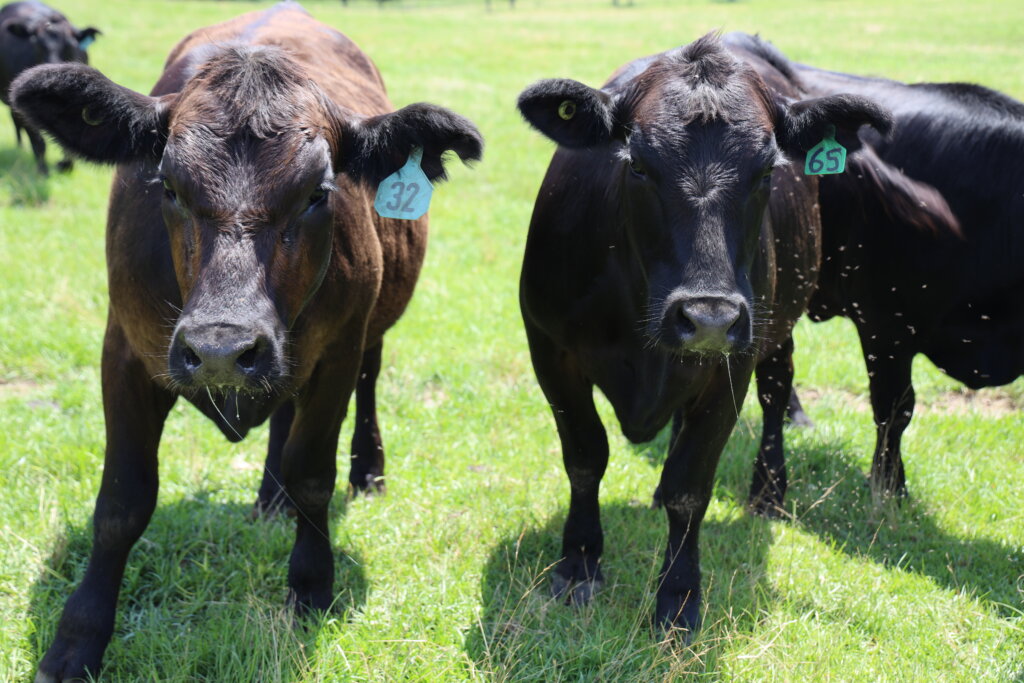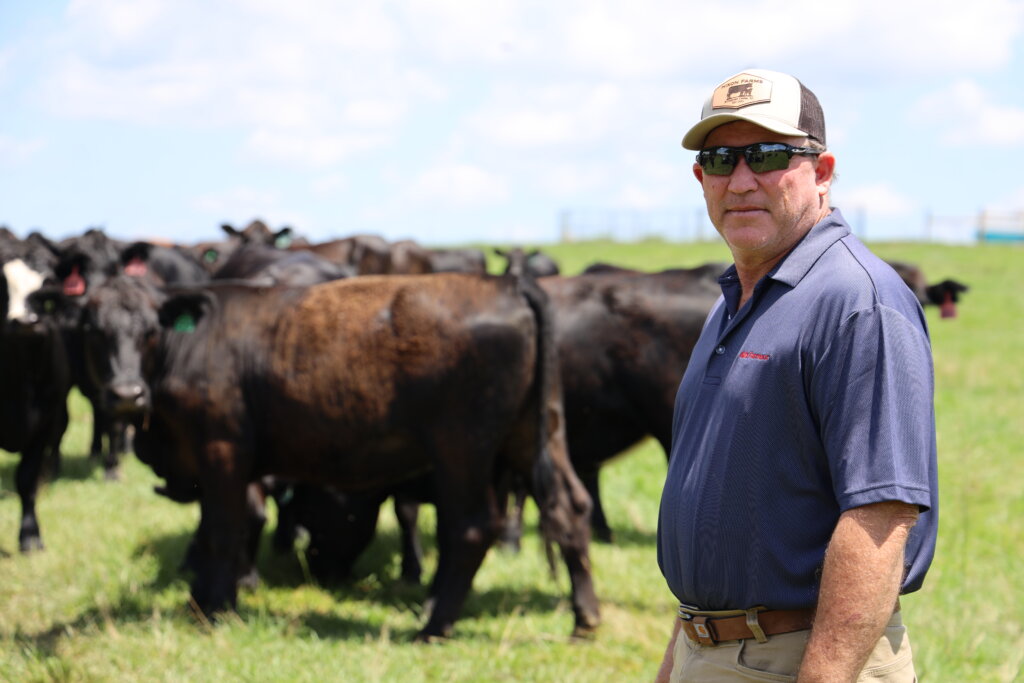Livestock Risk Protection Preserves Producers’ Bottom Lines

By Tanner Hood
For the last couple of years, fourth-generation farmer Billy Hixon has found a new sense of peace knowing he’s protected from volatile movements in price through Livestock Risk Protection (LRP).
Hixon began using the price risk management tool to prevent drastic loss from unforeseen circumstances.
“LRP is a tool for me to protect money,” said Hixon, the Pike County Farmers Federation president. “It’s insurance. It’s not a product I say I want to make money with. I want to protect my money.”
Offered through the U.S. Department of Agriculture (USDA), LRP is designed to insure farmers against declining livestock sale prices while enabling producers to benefit from an increase in market prices, according to the Farm Credit Services of America.
Based on futures markets, LRP allows farmers to purchase coverage for a select number of livestock based on the market price for an intended sale period. Producers identify a time to sell that makes the most sense for their operation. They then work with an LRP agent to lock in the future sale price.
“It doesn’t matter if you’re selling by the truckload or one head at the stockyard, LRP can be used in any sale situation,” Hixon said.

LRP premiums are subsidized 35-55% by USDA depending on the coverage level. The premium is paid following the sale date. Like other insurance, a per head premium cost is applied.
Mississippi State University’s (MSU) Dr. Josh Maples said producers should think of LRP as an insurance policy against national price declines.
“LRP is built on pricing expectation,” said Maples, an MSU Agricultural Economics Department associate professor. “The prices you can lock in are based on what Chicago Mercantile Exchange Feeder Cattle Futures contracts expect you will be able to sell at, and if you get to the end of the policy period and prices have dropped, you’re protected.”
Maples said participation is growing.
“Price risk management should be something producers consider every year regardless of what’s going on in the market or whether they buy a policy,” Maples said. “Anyone using LRP has to consider what’s best for their operation to choose the best policy level.”
Lowndes County Farmers Federation board member and cattle producer Jimbo Wheeler used LRP last year. He admits he’s hesitant to use the program again.
“I feel like LRP can be a big guess based on how much risk a producer is willing to take,” said Wheeler, who farms in Lowndes and Wilcox counties. “Talk to agents and other farmers. Get multiple opinions because some people benefit, and some don’t.”
For Hixon, using LRP provides a level of comfort in a business that can be stressful.
“Peace of mind is worth a lot in this market,” Hixon said. “I can sleep at night knowing I’ve locked in my cattle and am going to get a good price.”
To learn more about LRP, visit rma.usda.gov.
